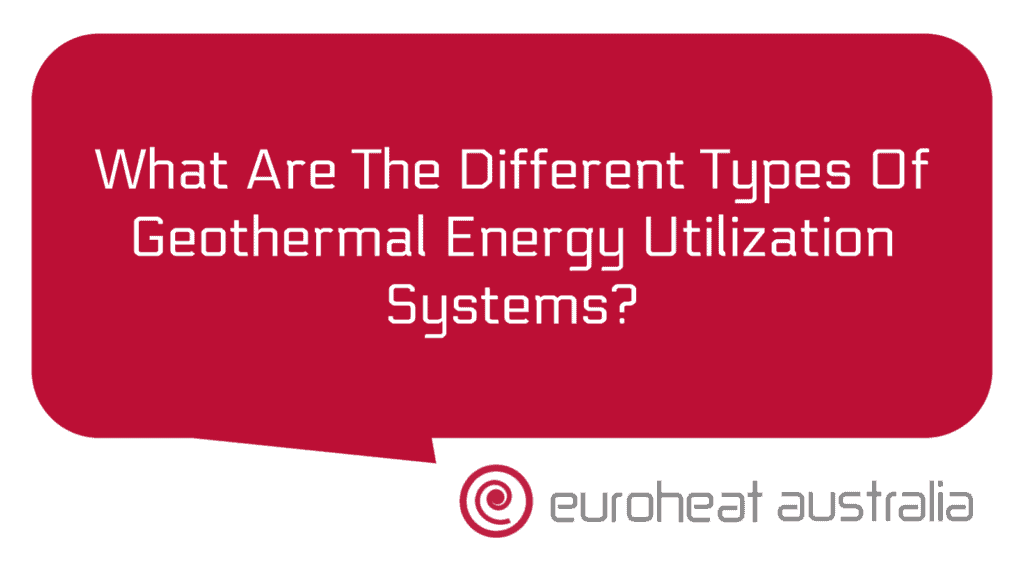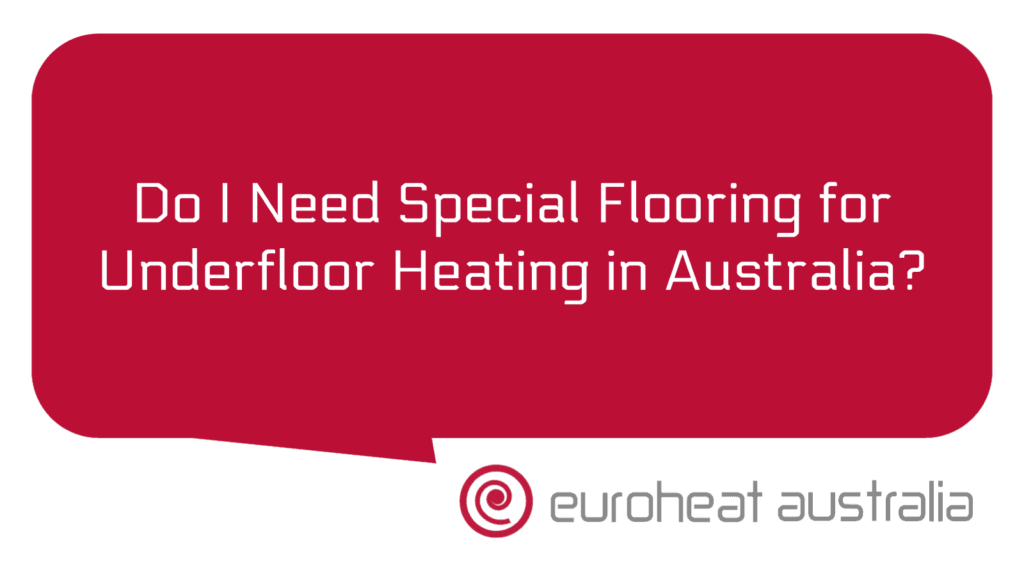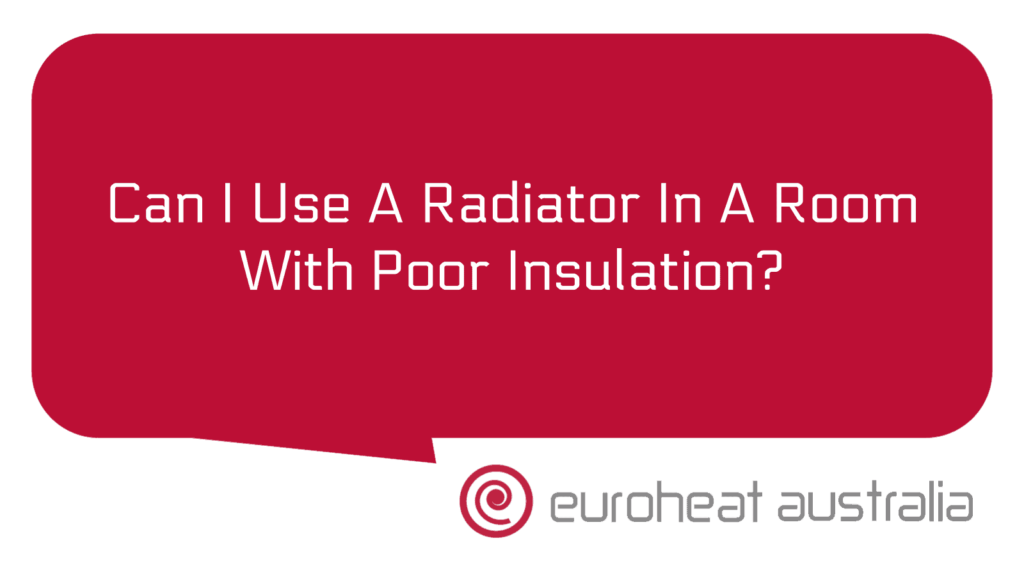Geothermal energy has been around for centuries, but not until recently have we seen the potential of its utilisation. In a world where energy efficiency is becoming increasingly important, geothermal energy is being looked at as a viable alternative to traditional heating and cooling systems. It’s estimated that geothermal energy use could reduce annual energy costs by over 75%.
So, what are the different types of geothermal energy utilisation systems out there? The most common type of system is a direct exchange geothermal system (DX), which uses an underground loop system to draw heat from the ground and then transfers it into a home or building. This type of system can be used for both heating and cooling, making it one of the most versatile options on the market.
Another type of geothermal system is a vertical loop system. This utilizes wells drilled deep into the ground to draw heat from deeper layers, which is then transferred into your home or building. This option generally offers more efficient performance than DX systems, making it an attractive option for those looking for maximum efficiency.
The third type of geothermal utilisation system is a hybrid geothermal/hydronic heating and cooling system. These combine both hydronic (water-based) and geothermal technologies to provide enhanced performance and efficiency while reducing energy costs. These systems are ideal for large homes or buildings where both heating and cooling needs are present. They also offer greater flexibility than DX or vertical loop systems, allowing you to tailor your setup to meet specific needs and preferences.
Regardless of what type of geothermal utilisation system you choose, there are numerous benefits associated with using them in your home or business. One of the most significant benefits is cost savings – when compared to traditional HVAC systems, Geothermal systems can save you up to 40% on your monthly utility bills! Additionally, they generate very little noise when running and require minimal maintenance, so you can rely on them for years without worrying about costly repairs or replacements down the line. Finally, these systems tend to last much longer than traditional HVAC units – up to 25 years in some cases!
When it comes to designing and installing a hydronic heating & cooling system with an experienced team in Australia you can’t go past Euroheat Australia in Perth who have 30 years experience in this field designing & constructing these types of systems across WA & beyond! With their design & installation services they ensure each setup works optimally saving customers money on their annual energy costs whilst providing efficient comfort throughout all seasons! In fact with Euroheat’s designs they have been able to reduce customers’ annual operating costs by up to 75% over traditional HVAC units! So not only do you get access to world class engineering but also peace of mind knowing that your investment will pay off long term as well as having access any time during construction & after completion should anything arise.





